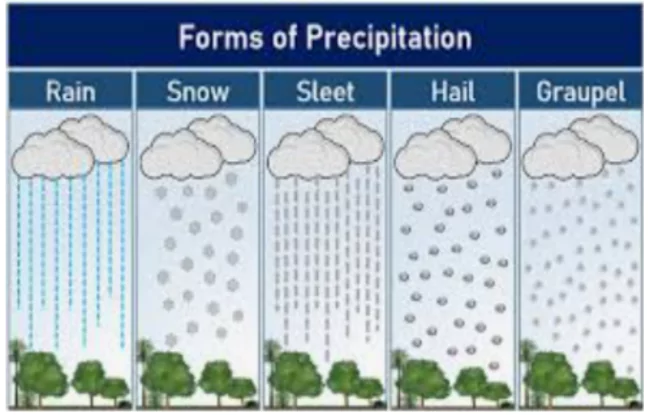![]() April 29, 2024
April 29, 2024
![]() 4817
4817
![]() 0
0
Precipitation, the release of moisture resulting from water vapour condensation, manifests in various forms like rainfall, snowfall, sleet, hailstones, freezing rain, and virga. Different types of rainfall, such as conventional, orographic, and cyclonic, occur based on distinct atmospheric processes and geographical factors. Understanding the distribution and types of rainfall is essential for comprehending regional climates and their impact on ecosystems and human activities.
 Sleet: Consists of frozen raindrops or refrozen melted snow-water;
Sleet: Consists of frozen raindrops or refrozen melted snow-water;
On the Basis of Origin:

| Must Read | |
| Current Affairs | Editorial Analysis |
| Upsc Notes | Upsc Blogs |
| NCERT Notes | Free Main Answer Writing |
<div class="new-fform">
</div>
Latest Comments